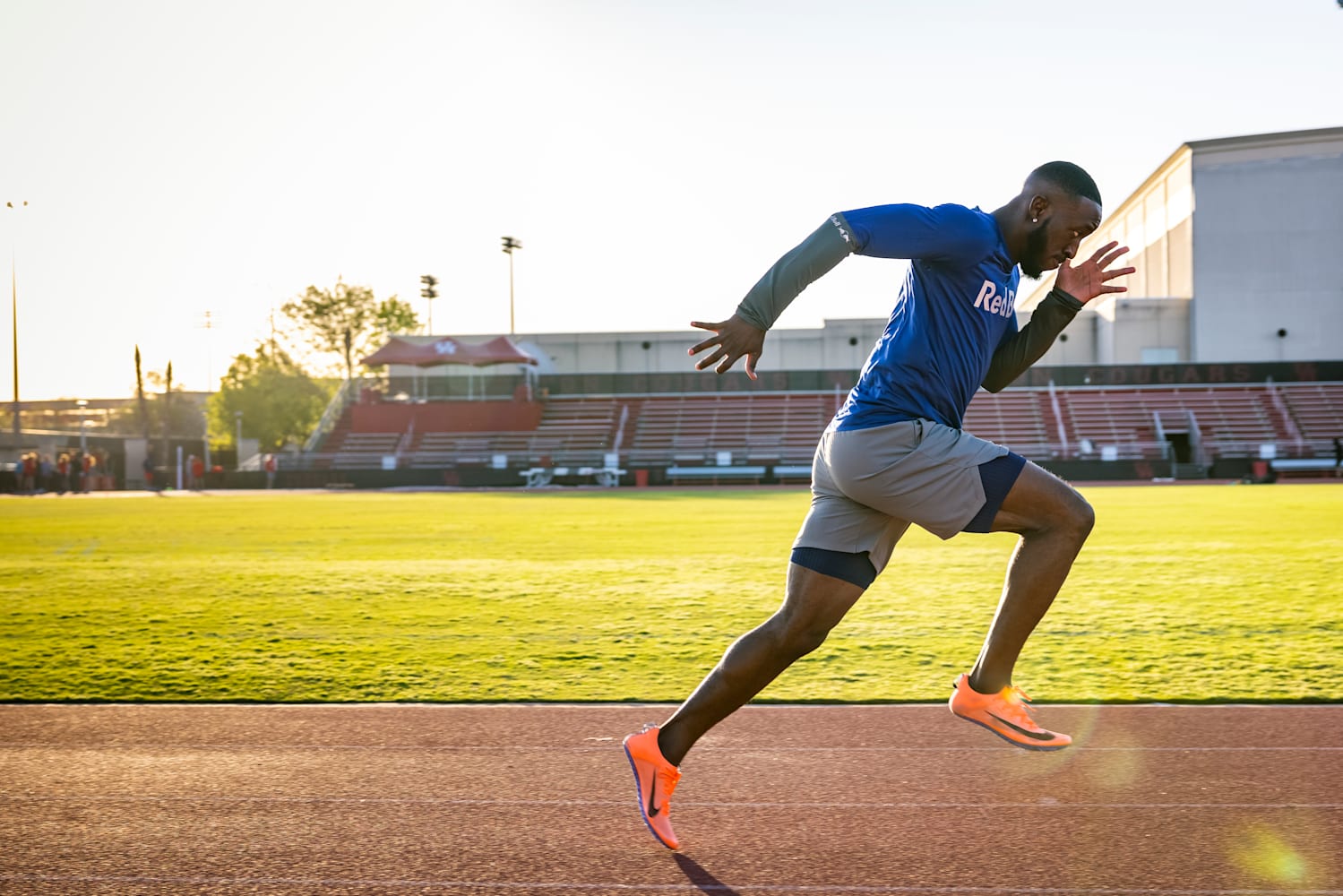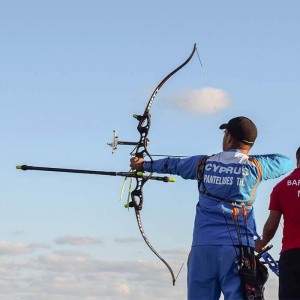Unleashing Agility: A Paradigm Shift in Physical Education
Embarking on a journey through the realm of physical education, one term takes center stage: agility. Far beyond a mere athletic skill, agility represents a paradigm shift, transforming the landscape of physical education. Let’s delve into the multifaceted aspects of agility, exploring its significance and impact on holistic development.
1. Agility Defined: Beyond Rapid Movements
Agility isn’t confined to rapid movements or quick reflexes alone. It encapsulates a broader spectrum, incorporating coordination, balance, and spatial awareness. In the context of physical education, agility becomes a holistic attribute, shaping not just athletic performance but overall motor skills development.
2. The Holistic Approach: Agility Beyond Athletics
In the traditional view, agility might be perceived as solely relevant to sports. However, the modern perspective adopts a holistic approach. Agility in physical education extends its influence beyond the athletic field, becoming a cornerstone for fostering well-rounded individuals. It’s about equipping students with skills that transcend the playing field and resonate in various aspects of life.
3. Cognitive Agility: The Mind-Body Connection
Agility isn’t solely a physical prowess; it’s deeply intertwined with cognitive abilities. Physical education programs now recognize the mind-body connection, emphasizing cognitive agility. This involves not just swift physical responses but also the ability to make quick decisions, process information, and adapt to changing situations.
4. Skill Development: Nurturing Versatile Athletes
Agility drills and exercises incorporated into physical education routines serve as catalysts for skill development. From fundamental motor skills to advanced athletic maneuvers, agility training nurtures versatile athletes. It’s a deliberate effort to mold individuals who are not just proficient in specific sports but possess a repertoire of physical abilities applicable across various disciplines.
5. Inclusive Fitness: Agility for Everyone
Agility transcends age, ability, and fitness levels. Modern physical education programs emphasize inclusive fitness, ensuring that agility training is accessible to everyone. It’s a departure from exclusive athletic training, making agility a tool for promoting health and fitness for all individuals, regardless of their athletic aspirations.
6. Team Building Dynamics: Agility in Collaboration
Agility in physical education extends its influence to team dynamics. Through collaborative agility drills, students learn to synchronize movements, communicate effectively, and adapt to their teammates’ actions. It’s a subtle yet powerful way of instilling teamwork values, fostering a sense of unity and shared accomplishment.
7. Lifelong Fitness: The Agility Advantage
Beyond the confines of school, agility cultivated in physical education becomes a lifelong fitness advantage. Individuals equipped with agility skills are more likely to engage in physical activities, maintaining an active and healthy lifestyle. It’s an investment in long-term well-being, emphasizing that agility isn’t just for the present but for a lifetime.
8. Agility as a Life Skill: Beyond the Gymnasium
Agility transcends the boundaries of the gymnasium, emerging as a life skill. Its impact extends to daily activities, from navigating crowded spaces with ease to preventing injuries through enhanced body awareness. Physical education becomes a training ground for life, where agility is a valuable asset beyond organized sports.
Discover Agility in Physical Education: Doutzenkfanpage.com
As we unravel the layers of agility in physical education, explore more about its significance and impact at Doutzenkfanpage.com. Whether you’re an educator, student, or fitness enthusiast, this link serves as a gateway to a world where agility transforms the landscape of physical education. Dive into the insights and resources to understand and embrace the paradigm shift brought by agility in the realm of physical education.




